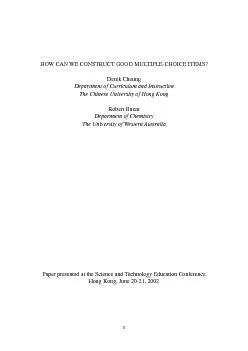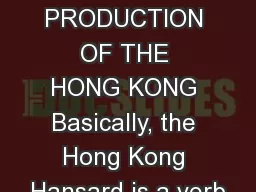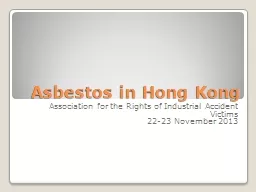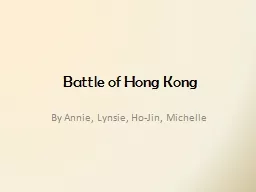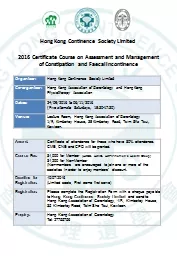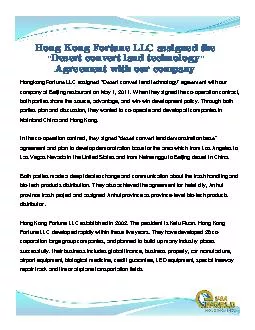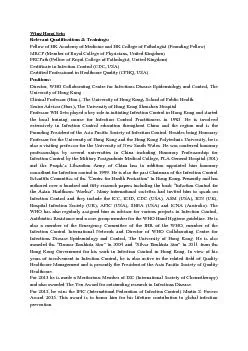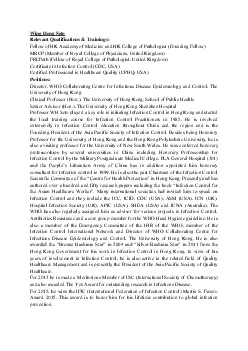PDF-HOW CAN WE CONSTRUCT GOOD MULTIPLECHOICE ITEMS Derek Cheung Department of Curriculum and
Author : luanne-stotts | Published Date : 2014-10-29
A typical MC item has three parts a stem that presents a problem the correct or best answer and several distractors ie the wrong or less appropriate options MC items
Presentation Embed Code
Download Presentation
Download Presentation The PPT/PDF document "HOW CAN WE CONSTRUCT GOOD MULTIPLECHOICE..." is the property of its rightful owner. Permission is granted to download and print the materials on this website for personal, non-commercial use only, and to display it on your personal computer provided you do not modify the materials and that you retain all copyright notices contained in the materials. By downloading content from our website, you accept the terms of this agreement.
HOW CAN WE CONSTRUCT GOOD MULTIPLECHOICE ITEMS Derek Cheung Department of Curriculum and: Transcript
Download Rules Of Document
"HOW CAN WE CONSTRUCT GOOD MULTIPLECHOICE ITEMS Derek Cheung Department of Curriculum and"The content belongs to its owner. You may download and print it for personal use, without modification, and keep all copyright notices. By downloading, you agree to these terms.
Related Documents

